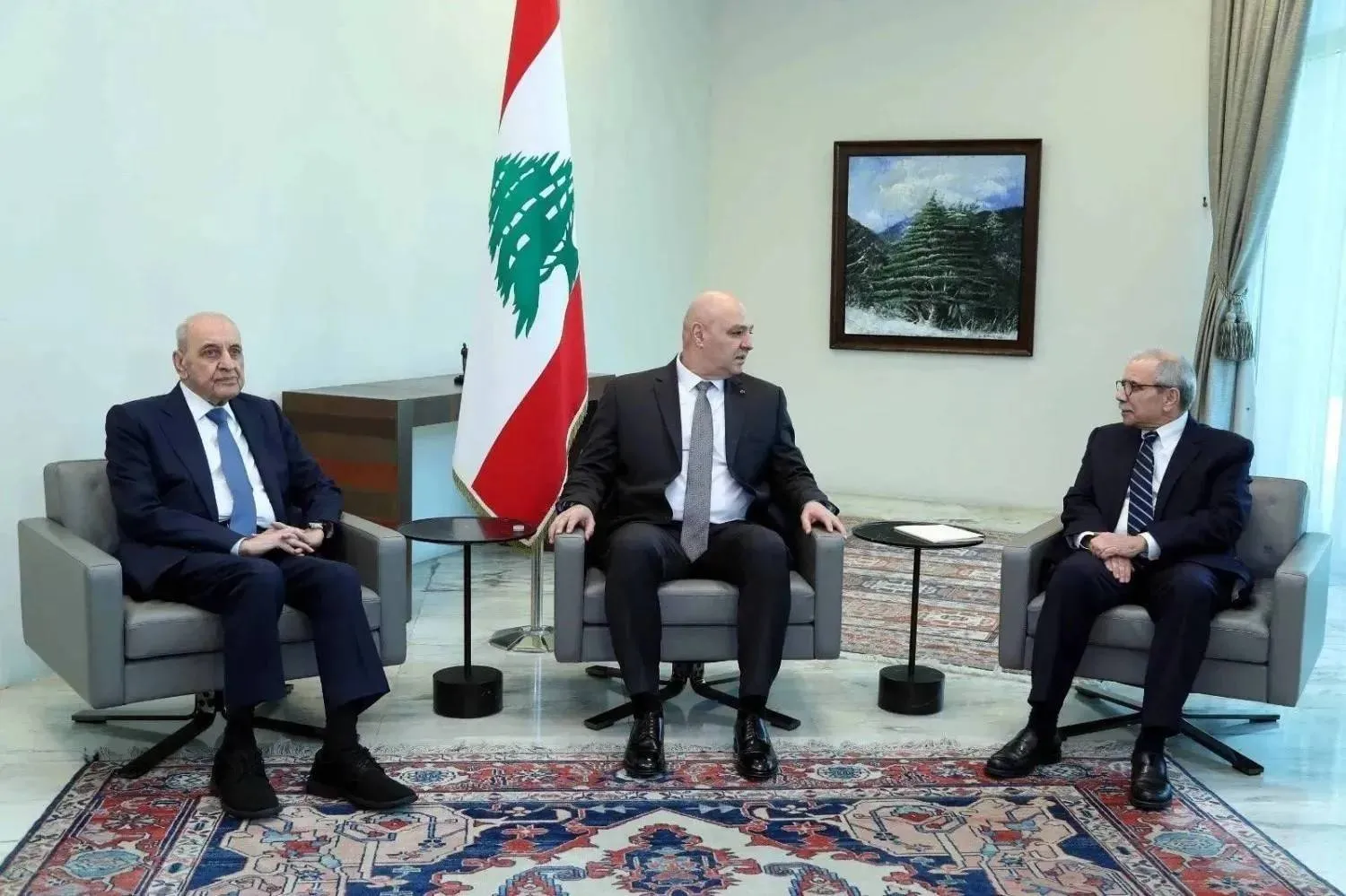Egypt has continued its international escalation on the issue of the Grand Ethiopian Renaissance Dam (GERD).
The North African nation affirmed in its fourth letter regarding the GERD to the UN Security Council that “Ethiopia's unilateral actions regarding the filling and operation of the dam constitute an existential threat to Egypt and a threat to its stability.”
The address was sent by the Egyptian Ministry of Foreign Affairs to the UNSC on the occasion of Ethiopia announcing the completion of the fourth filling of the GERD.
In the message, Egypt emphasized that “for the fourth time in a row, the UNSC is being informed of Ethiopia’s repeated violations of international law and agreements, including the 2015 Declaration of Principles concerning the dam.”
Ethiopian Prime Minister Abiy Ahmed had announced on September 10 the success of his country in completing the fourth and final filling of the GERD, a move criticized by Egypt at the time.
According to the Egyptian Foreign Ministry, the fourth filling exhibits “disregard for the interests and rights of the downstream states (Egypt and Sudan) and their water security guaranteed by international law.”
Egypt’s letter on Friday clarified that Ethiopia’s latest move “constitutes a continuous violation of the Declaration of Principles that obligates Ethiopia to reach a legally binding agreement on the rules governing the filling and operation of the dam.”
It emphasized that Ethiopia’s continued unilateral practices could impact Egypt and its stability, thereby endangering regional and international peace and security.
The Foreign Ministry expressed “Egypt's unequivocal rejection of these actions taken by Ethiopia and its complete disregard for the UNSC statement, which called on Egypt, Sudan, and Ethiopia to expeditiously reach a final, acceptable agreement on the filling and operation of the dam within a reasonable time frame.”
Ali Al-Hafny, Egypt’s former ambassador to China and a former deputy minister of foreign affairs for African affairs, pointed out that Egypt’s insistence on addressing the UNSC and keeping it informed of developments in the GERD issue “represents a genuine Egyptian right and the use of tools provided by international law for member states of the UN.”
Hafny, in statements to Asharq Al-Awsat, clarified that the Foreign Ministry’s message conveyed a “clear and disciplined diplomatic and legal language.”
This language, he asserted, should hold the international organization accountable for its responsibilities towards regional peace and security, given that Ethiopia’s unilateral actions represent “a violation of international law and a direct threat to the rights of downstream countries protected by international transboundary river agreements.”
Hafny further explained that Egypt’s repeated recourse to the UNSC came only after exhausting all bilateral and regional avenues, and due to what he described as the African Union’s “inability” to find a solution to the crisis.
The dispute over the GERD dates back to 2011 when Ethiopia began construction of the massive hydroelectric dam on the Blue Nile. For years, Egypt, Sudan, and Ethiopia engaged in intermittent negotiations brokered by the African Union, but the talks collapsed in April 2021.









